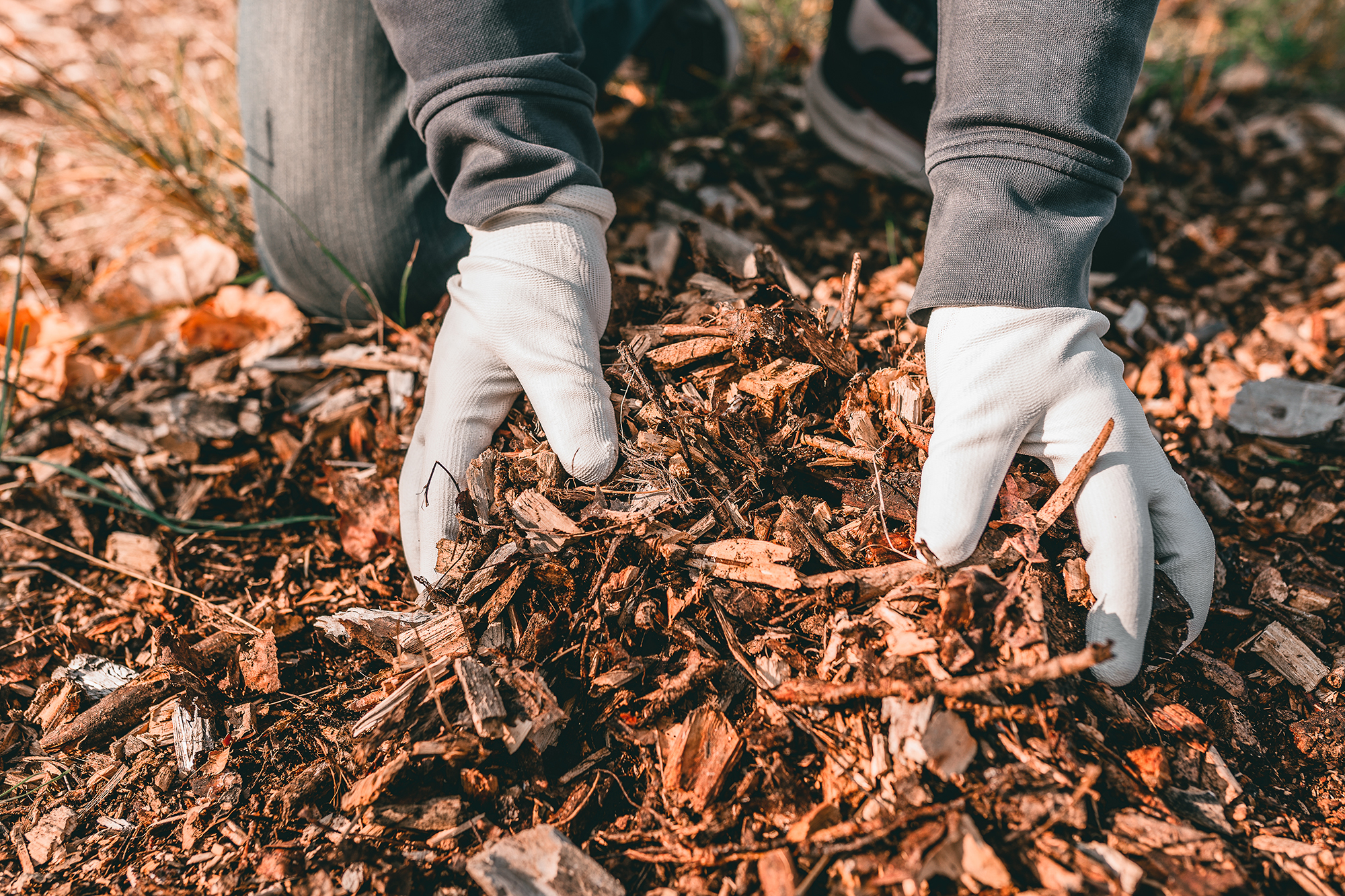Gardening this Winter
The melodies of Christmas carols are fading away for another year and the Christmas wreath on the front door is beginning to look a little dry. The deep freeze of mid-December is gone and rain is forecast for the next several days. Perfect conditions to consider those winter tasks in the garden to get on with once the New Year celebrations are over.
Checking my work diary for the next month or so helps me to identify the principal jobs that will occupy me in the local gardens I look after. I can summarise them as tidy, prune and mulch. But first I need to prepare. Rain days when it’s too wet to work outside are the ideal time to clean and sharpen cutting tools such as secateurs, shears and loppers. It feels like time well spent when the blades slice easily and cleanly through the stems. It’s also when I calculate approximately how much mulch will be needed for my clients’ gardens. In previous years I’ve had it delivered here but this year I’ve decided it’s logistically easier to have the material delivered directly to the client’s gardens.
Tidy
The recent prolonged period of sub-zero temperatures accelerated the descent into a hibernation of those herbaceous perennial plants which had flowered for longer than usual. Leaves droop, stems subside and this is the time to trim back to ground-level modern cottage garden favourites such as whirling butterflies (Gaura lindheimeri), Salvia Amistad and Verbena bonariensis. Some plants repay remaining untrimmed for as long as possible so as to admire their architectural seed heads when it’s frosty, for example, globe thistles (Echinops ritro) and sea holly (Eryngium). I do find though that the fleshy leaves of what used to be called ice plants or sedum, now reclassified as Hylotelephium, have turned mushy by this time of year and should be trimmed down to the ground. Here you’ll find tiny young leaves clustering tightly around the spent stems, which can usually be pulled gently from their anchorage to leave a tidy crown. Using a hand fork (in smaller borders) or leaf rake (in shrub borders), I gently remove excess fallen leaves, leaving behind enough leaves to warm the soil and provide a habitat for over-wintering invertebrates.

Prune
This is the perfect time to trim back deciduous autumn-flowering shrubs. Examples include Caryopteris and Ceratostigma willmottianum, both mainstays of the autumn mixed border. The blue flowers of both (pale and bright blue respectively) have disappeared and I usually use a pair of hedge shears to remove the spent flowers and round off the shrubs into neat mounds. Plant combination tip: I find Ceratostigma willmottianum pairs beautifully with the chartreuse green leaves of the evergreen Nandina domestica Lemon & Lime. Although slow-growing Acers need little pruning, some of the vigorous forms can start to look untidy when one branch shoots out in the wrong direction. Be sure to tackle this as early as possible in the new year, or you’ll find the sap flows from the cut like water from a tap. The same applies to grape vines whose stems can bleed sap if pruned too late in the season.
I started to prune climbing roses in November but always find it easier to do so now their leaves have dropped and I can see clearly how to train the stems onto their supports (horizontal wires or trellis) so as to maximise blooms next summer. Rambling roses often bear generous crops of hips which are a valuable food source for birds at this time of year, and I tie in stray branches to the support so as to tidy the rose without sacrificing the fruits. After Christmas, I prune all the other roses. I’ve already reduced taller specimens by a foot or so, to reduce wind rock, but now is the time to trim back to an outward-facing bud and remove dead or crossing branches. The idea is to improve ventilation by thinning out the centre of the shrub, achieving a form resembling a goblet. If the rose was affected by a black spot last season, pick up and dispose of all fallen leaves, to prevent spring rain from splashing the spores of the fungus which causes this unsightly condition onto this year’s young leaves.

Mulch
It’s best to get this job, one of the heaviest and muckiest of the year, completed as early as possible in the year, before the emergence of new growth. This way you reduce the risk of treading on precious bulbs some of which you may have noticed is already nosing through the soil. If your snowdrops (Galanthus) or winter aconites (Eranthis hyemalis) are already showing their heads above the soil, just step carefully around them and tuck the mulch around their bases. The benefits of mulching far outweigh the disadvantages (sore back, muddy knees, cold hands) because it helps warm the soil, protect tender plants, improve the texture of the soil thanks to the action of invertebrates such as worms and beetles, and generally improve the appearance of the border. There’s nothing like a generous layer (ideally 5cm) of well-rotted manure or garden compost to set off a collection of hellebores, last year’s leathery leaves removed to reveal the cream, lemon, pink, maroon and purple flowers, their heads nodding downwards.
Whilst I favour well-rotted farmyard manure, I have also mulched with composted bark fines and with leaf mould made from leaves gathered a couple of autumns earlier, both very satisfactory alternatives. I also use peat-free ericaceous compost to mulch around the trunks of acid-loving plants such as Camellia, Pieris japonica, Rhododendron and Azalea.






























